Heart: Our Vital Organ
The heart is a vital organ in the human body that functions as a pump. It is responsible for circulating blood throughout the body, delivering oxygen and nutrients to the cells and removing waste products. The heart is divided into four chambers: the left and right atria (upper chambers) and the left and right ventricles (lower chambers). Blood enters the heart through the atria and is pumped out through the ventricles to the rest of the body.
The heart has its own electrical system that controls the heartbeat. The rhythmic contractions of the heart muscle propel blood through the circulatory system. It beats around 60 to 100 times per minute at rest, but this rate can increase during physical activity or stress.
Taking care of your heart is essential for overall health. Maintaining a healthy diet, staying active, managing stress, and avoiding smoking are important ways to keep your heart in good shape.
Composition of the Heart:
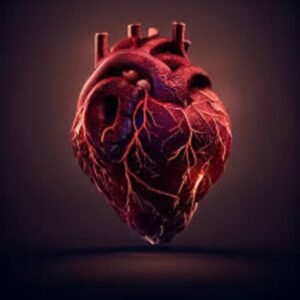
The heart is primarily composed of cardiac muscle tissue, also known as myocardium. This specialized muscle tissue is responsible for the powerful contractions that pump blood throughout the body. The myocardium is rich in blood vessels to ensure that the heart itself receives the oxygen and nutrients it needs to function properly.
In addition to muscle tissue, the heart also contains connective tissue that provides support and structure to the organ. This connective tissue helps hold the heart’s chambers, valves, and blood vessels in place.
The heart is also lined with a thin membrane called the pericardium, which surrounds and protects the heart. The pericardium helps prevent the heart from overexpanding and provides lubrication to reduce friction as the heart beats.
This specialized muscle tissue contracts and relaxes in a coordinated manner to drive the circulation of blood. The heart is divided into four chambers: the right atrium, right ventricle, left atrium, and left ventricle. Deoxygenated blood enters the right atrium from the body, then passes through the right ventricle, which pumps it to the lungs for oxygenation. Oxygenated blood then returns to the left atrium and is pumped out to the body through the left ventricle.
The heart’s chambers are separated by valves that ensure one-way blood flow and prevent backflow. These valves include the tricuspid valve, pulmonary valve, mitral valve, and aortic valve.
Overall, the heart’s composition is a complex combination of muscle, connective tissue, and protective membranes that work together to maintain its structure and function.
Functions of the Heart:
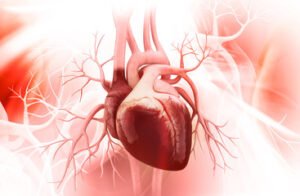
The primary function of the heart is to act as a central pump, responsible for circulating oxygenated blood to the body’s tissues and deoxygenated blood to the lungs. This process is known as the cardiovascular system. The heart’s contractions are controlled by the heart’s electrical conduction system, which originates in the sinoatrial (SA) node and propagates the electrical impulses through the atrioventricular (AV) node and Purkinje fibers.
The heart has several essential functions in the body:
1. Pumping Blood: The primary function of the heart is to pump blood throughout the body. It receives oxygen-poor blood from the body into the right side of the heart, pumps it to the lungs to pick up oxygen, then receives oxygen-rich blood back into the left side of the heart to be pumped out to the rest of the body.
2. Circulation: The heart helps maintain circulation by ensuring that oxygen and nutrients are delivered to cells and tissues while removing waste products like carbon dioxide.
3. Maintaining Blood Pressure: The heart plays a crucial role in regulating blood pressure by adjusting the force and rate at which it pumps blood.
4. Transporting Nutrients and Oxygen: The heart ensures that essential nutrients and oxygen are transported to all parts of the body through the blood vessels.
5. Removing Waste Products: The heorte helps in removing waste products like carbon dioxide from the body by circulating blood to the lungs for exhalation.
6. Regulating Body Temperature: The heorte also contributes to regulating body temperature by distributing heat throughout the body.
In addition to its pumping action, it also plays a role in:
– Body’s hormonal system
– Maintaining homeostasis within the body
Heart Diseases and Problems:
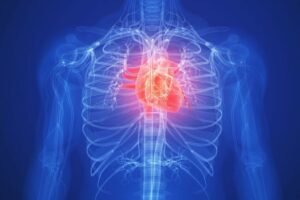
Despite the heart’s remarkable capabilities, it can be susceptible to a variety of diseases and problems that can compromise its function. Some of the most common heart conditions include:
- Coronary Artery Disease (CAD): This condition occurs when the blood vessels that supply blood to the heorte become narrowed or blocked due to the buildup of plaque. CAD can lead to chest pain (angina), heart attacks, and other serious complications.
- Heorte Failure: Heart failure is a condition where the heart is unable to pump enough blood to meet the body’s needs. It can result from various conditions such as CAD, high blood pressure, or heart muscle damage.
- Arrhythmias: Arrhythmias are abnormal heorte rhythms that can cause the heart to beat too fast, too slow, or irregularly. This can affect the heart’s ability to pump blood effectively.
- Valvular Heorte Disease: This involves damage to or defects in the heorte valves, which can disrupt the flow of blood within the heart.
- Cardiomyopathy: This condition involves diseases of the heart muscle, leading to the heart becoming enlarged, thickened, or stiff, affecting its ability to pump blood.
- Congenital Heorte Defects: These are the problems present at birth, which can affect the heart’s structure and function.
Solutions and Treatments:
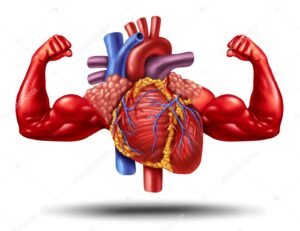
Fortunately, there are a variety of treatments and preventive measures available to address heart-related issues. These include:
- Medications: Depending on the type of disease, medications such as beta-blockers, ACE inhibitors, statins, or blood thinners may be prescribed to manage symptoms, control blood pressure, cholesterol levels, or prevent blood clots.
- Lifestyle Changes: Adopting a healthy lifestyle is crucial. This includes eating a balanced diet low in saturated fats, cholesterol, and sodium, engaging in regular physical activity, maintaining a healthy weight, quitting smoking, and managing stress.
- Surgical Procedures: In more severe cases, surgical interventions such as angioplasty, bypass surgery, valve repair or replacement, or heart transplant may be necessary to treat heart disease.
- Cardiac Rehabilitation: This program involves supervised exercise, education, and counseling to help patients recover from heart-related issues and improve their overall heart health.
- Device Implantation: In some cases, devices like pacemakers or implantable cardioverter-defibrillators (ICDs) may be implanted to help regulate heart rhythms or prevent sudden cardiac arrest.
- Monitoring and Follow-up: Regular check-ups with healthcare providers, monitoring of blood pressure, cholesterol levels, and other relevant parameters are essential for managing heart disease effectively.
Conclusion
This is a remarkable organ that is central to our overall health and well-being. Understanding its composition, functions, and the various conditions that can affect it is crucial for maintaining a healthy cardiovascular system. By embracing preventive measures and seeking appropriate medical care when necessary, individuals can take proactive steps to protect the health of their most vital organ.
By using this site, you agree to the Terms and conditions and Privacy Policy of https://beautyvitalityco.com/
Previous post: https://beautyvitalityco.com/mental-health-illness-problems-disorders-treatment-and-shocking-facts/

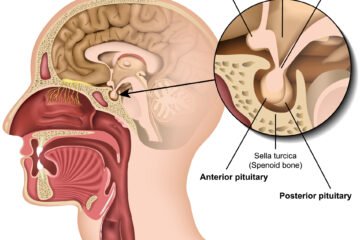


1 Comment
10 Natural Skincare Products With Amazing Results - Beauty Vitality Co · July 15, 2024 at 5:05 pm
[…] Previous post: https://beautyvitalityco.com/heart-functions-composition/ […]